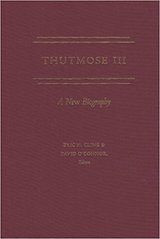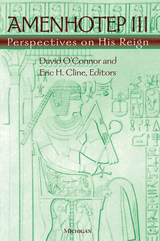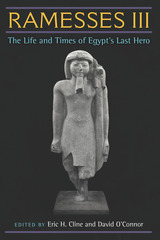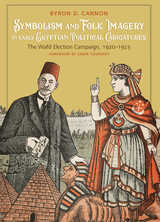Revolution Squared: Tahrir, Political Possibilities, and Counterrevolution in Egypt
Duke University Press, 2024
eISBN: 978-1-4780-2763-8 | Paper: 978-1-4780-2550-4 | Cloth: 978-1-4780-2072-1
Library of Congress Classification DT107.87.S24525 2023
See other books on: Egypt | Middle Eastern Studies | Protest movements | Revolutions | Social Theory
See other titles from Duke University Press
eISBN: 978-1-4780-2763-8 | Paper: 978-1-4780-2550-4 | Cloth: 978-1-4780-2072-1
Library of Congress Classification DT107.87.S24525 2023
ABOUT THIS BOOK | AUTHOR BIOGRAPHY | REVIEWS | TOC | REQUEST ACCESSIBLE FILE
ABOUT THIS BOOK
In Revolution Squared Atef Shahat Said examines the 2011 Egyptian Revolution to trace the expansive range of liberatory possibilities and containment at the heart of every revolution. Drawing on historical analysis and his own participation in the revolution, Said outlines the importance of Tahrir Square and other physical spaces as well as the role of social media and digital spaces. He develops the notion of lived contingency—the ways revolutionary actors practice and experience the revolution in terms of the actions they do or do not take—to show how Egyptians made sense of what was possible during the revolution. Said charts the lived contingencies of Egyptian revolutionaries from the decade prior to the revolution’s outbreak to its peak and the so-called transition to democracy to the 2013 military coup into the present. Contrary to retrospective accounts and counterrevolutionary thought, Said argues that the Egyptian Revolution was not doomed to defeat. Rather, he demonstrates that Egyptians did not fully grasp their immense clout and that limited reformist demands reduced the revolution’s potential for transformation.
See other books on: Egypt | Middle Eastern Studies | Protest movements | Revolutions | Social Theory
See other titles from Duke University Press





















